In recent years protection and awareness of head injuries have greatly grown in all sports, specifically concussions in football. Doctors have emphasized the effects that continuous hits to the head can have on a football player. According to the Mayo Clinic, “a concussion is a strong force that hits the head, neck or body, moves through the skull into your brain and makes your brain shake or wiggle. This force can twist and damage the tiny nerves and blood vessels in your brain.” The entire football community is now starting to process how entertaining big violent hits can affect the rest of a player’s life. Helmets are being built to specifically fit the athlete’s head. At all levels, several players who are returning from a head injury or want an extra layer of protection are wearing guardian caps. Additionally, there are penalties for tackling aimed at the head, known as targeting.
Quarterback for the Miami Dolphins, Tua Tagovailoa, has brought a lot of attention to head injuries in the NFL. Starting from Tagovailoa’s time at Alabama in 2017 he has had four documented concussions. Most recently in week two of the 2024 NFL season, Tagovailoa suffered a concussion after scrambling for a first down against the Buffalo Bills and being hit in the back of the head. Many fans and analysts on social media were speculating and recommending that he retire from the NFL before another hit could lead to even worse injuries and effects later in his life. However, Tagovailoa returned five weeks later in week eight of the NFL season.
Here at Parkland, the football staff takes numerous precautions to protect its players. The coaches know they are responsible for teaching the players how to protect themselves on the field. Assistant head coach, Coach Facchiano said, “Students-athletes need to be taught the symptoms to look out for, the process of evaluation/recovery, and be coached in every drill and practice period we do on how to hit/tackle correctly.” The team also has SpeedFlex and Axiom helmets equipped with a monitoring system. The system connects to a helmet monitor that one of Parkland’s St. Luke’s athletic trainers possesses. This system is not a concussion diagnosis device, but it detects intense single hits or substantial amounts of lower-impact hits that accumulate throughout the week. The system then uploads data to a Riddell Website that provides the coaches and trainers with data daily and weekly.
Prior to the season, the players on the team are measured by Coach Dave Lucia to ensure that their helmets fit properly. The team also has guardian caps. Guardian caps are an extra layer of protective padding that goes on top of the helmet. One player on the 2024 team used a guardian cap for practices and games towards the end of the season. “While all this technology is great, it is once again on the coaches to coach good habits, our athletic trainers to evaluate potential issues, and our players to report any symptoms,” said Coach Facchiano.
Should a player suffer a concussion, they must undergo a five-step protocol called the return-to-play protocol. Every health institution has its own concussion protocol, and Parkland follows St. Luke’s protocol. Before an athlete starts the concussion protocol, they are evaluated by a St. Luke’s athletic trainer; and 72 hours after the concussion, he/she takes the impact test. Josh Irizarry, a St. Luke’s athletic trainer who works at Parkland said, “Headaches, nausea, vomiting, sensitivity to light, and neck pain are all red flags. It’s important to know the mechanism of the head injury.” The athlete must show no symptoms to move on to the next step in order to allow the brain to fully heal. In the first step of the protocol, the athlete is limited to daily activities that do not exacerbate their symptoms. This includes walking or riding on a stationary bike for 15 minutes. Then the athlete can move on to step 2A which is light aerobic exercise, followed by 2B which is moderate aerobic exercise. Prior to step three the athlete must be evaluated by a physician and receive clearance to proceed. In step three, the athlete can do individual sport-specific exercises. The athlete can participate in non-contact training drills with the team in step four. A full contact practice is allowed in step five. If the athlete is still showing no symptoms, they can finally return to full play.
No matter what sport, no matter what level, coaches need to teach their athletes how to protect themselves from serious head injuries and take the right precautions. Athletes need to understand that a head injury could alter their lives. Piedmont Healthcare suggests that an injury of this nature can impact memory, balance, sleep, and mood. It can also result in chronic headaches. If treated properly, the majority of people will fully recover from a concussion. However, untreated concussions can lead to serious injury or death. It is important to learn the signs and symptoms of a concussion. Josh Irizarry stated, “The most important thing about head injuries is educating the athlete about the aftermath and being honest with us…There is no benefit to playing with a head injury.”

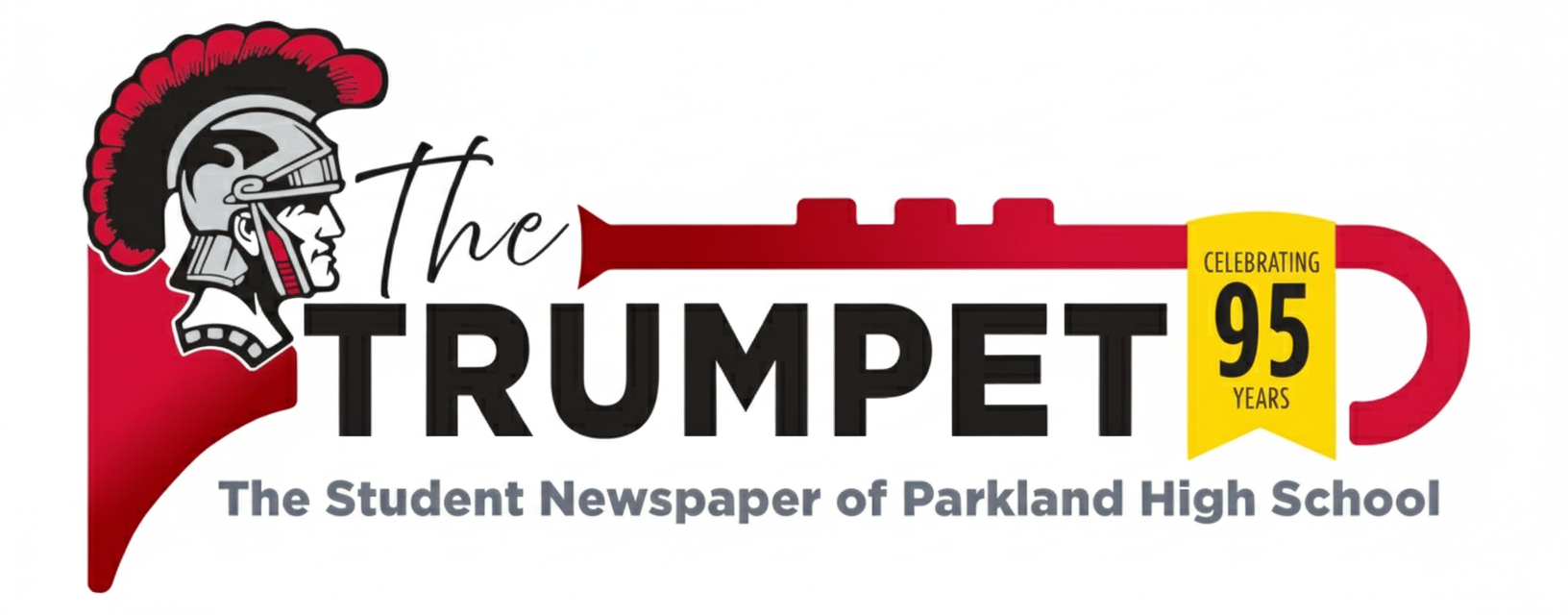
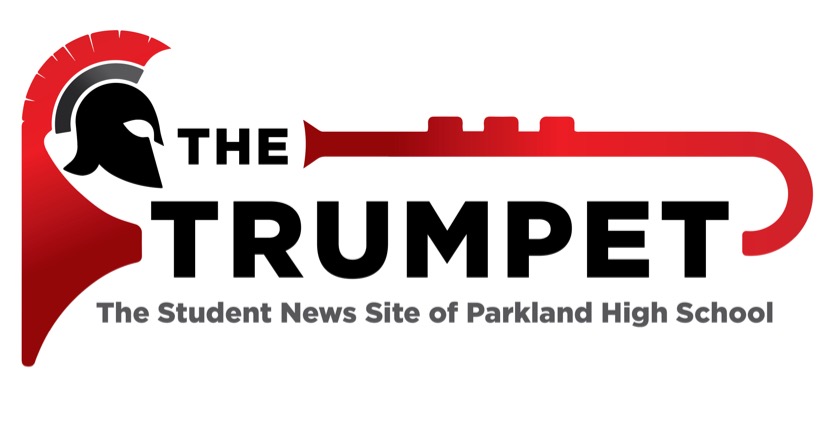
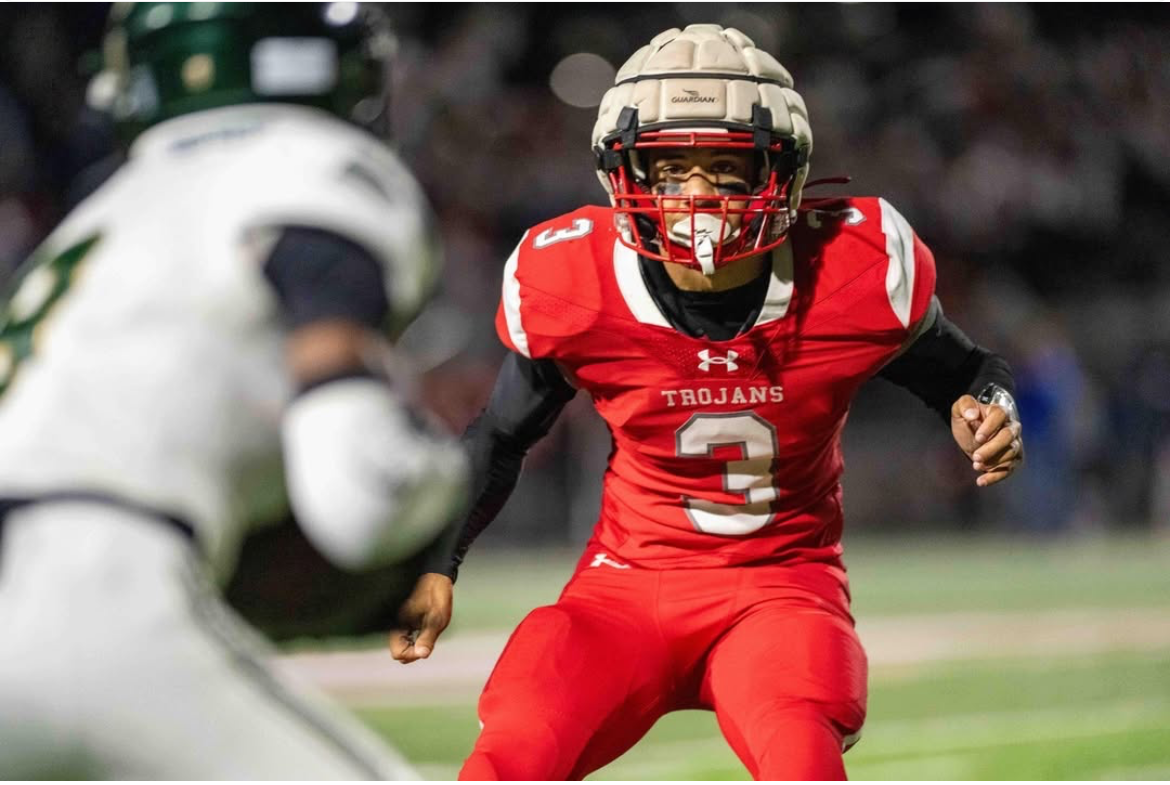
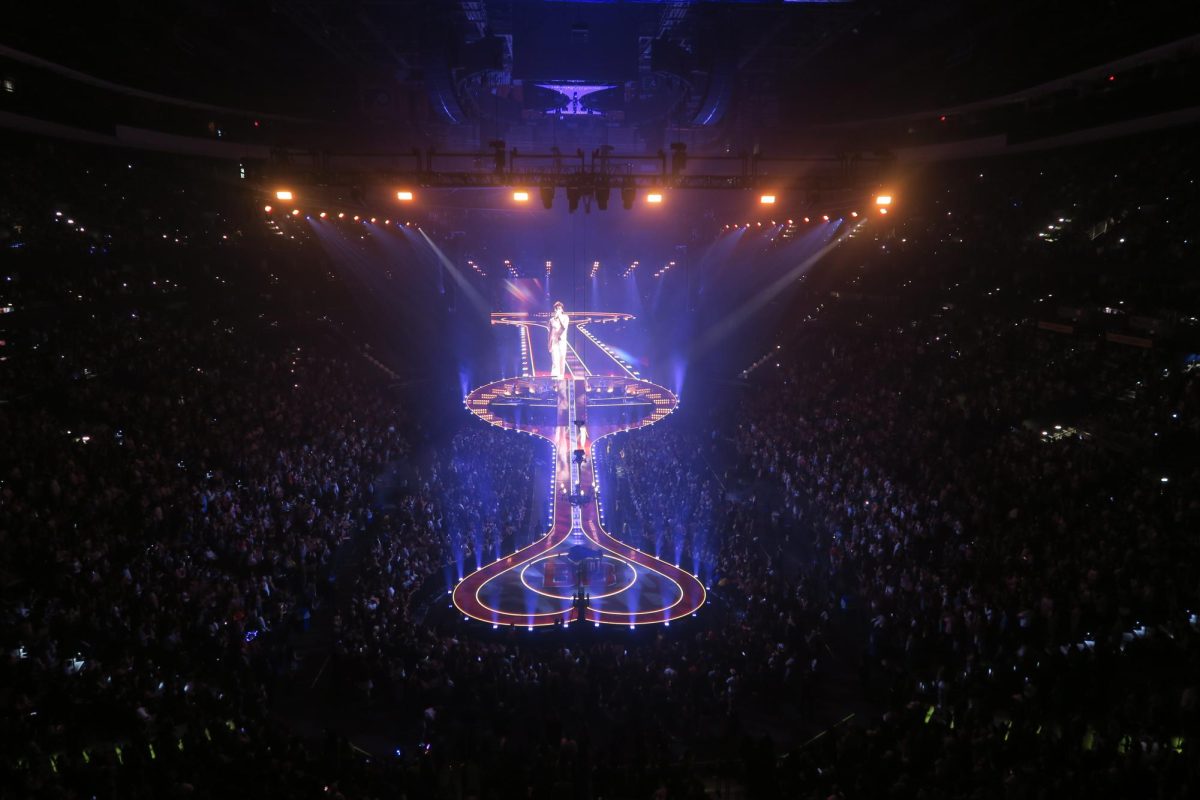
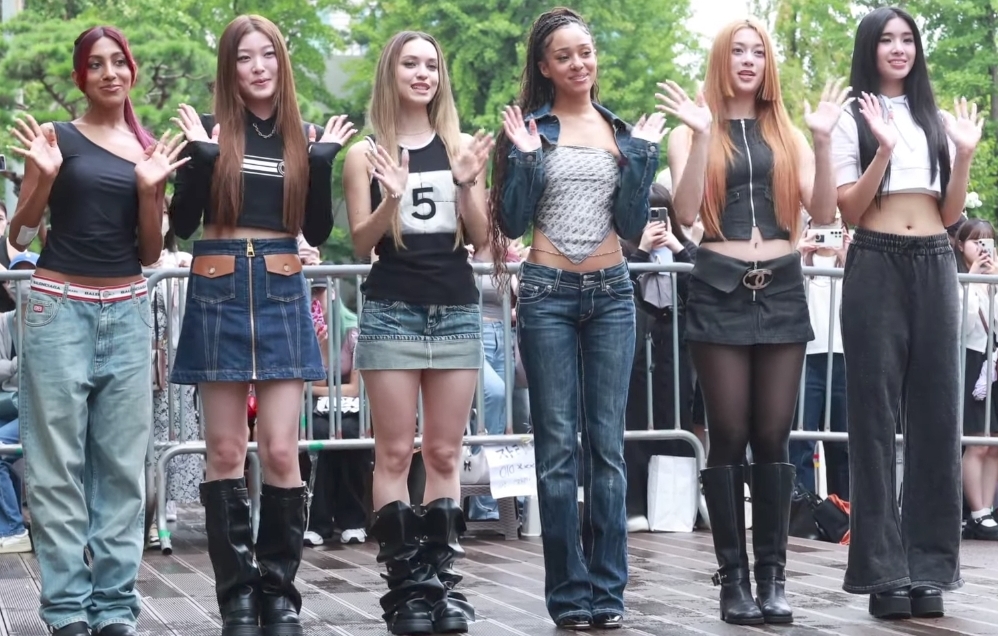

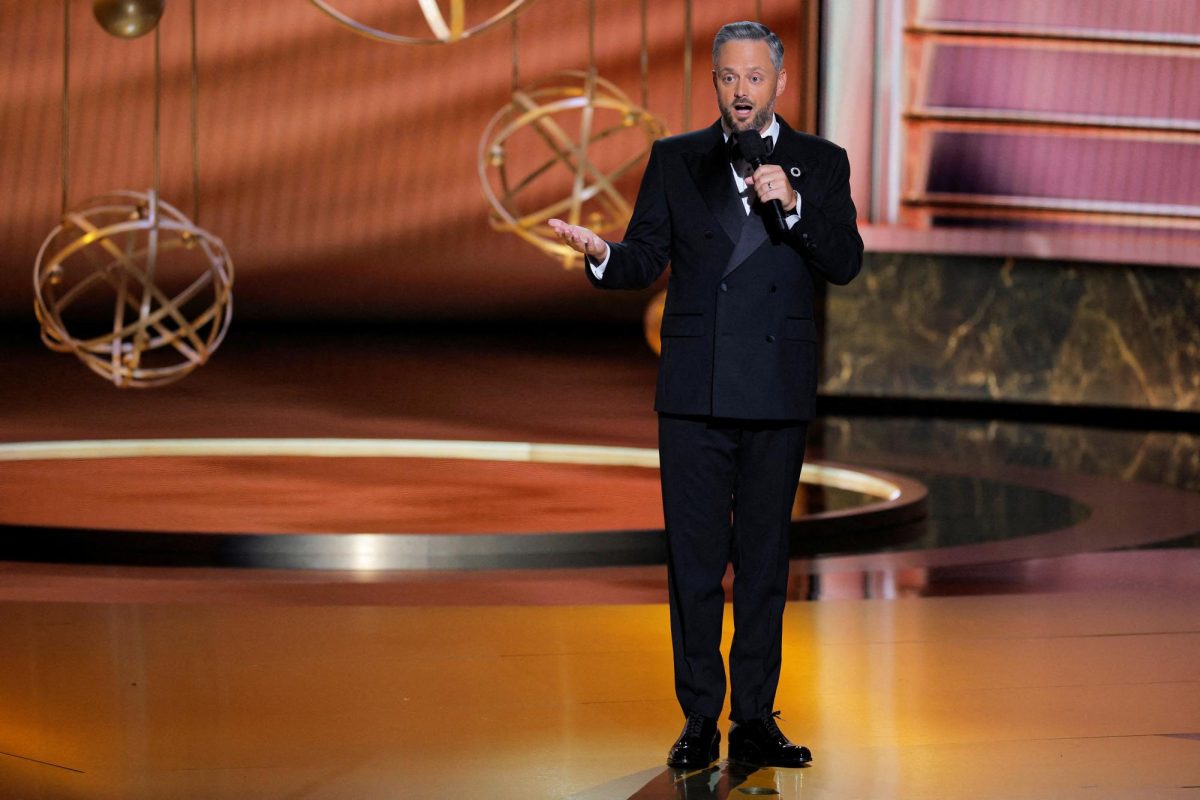


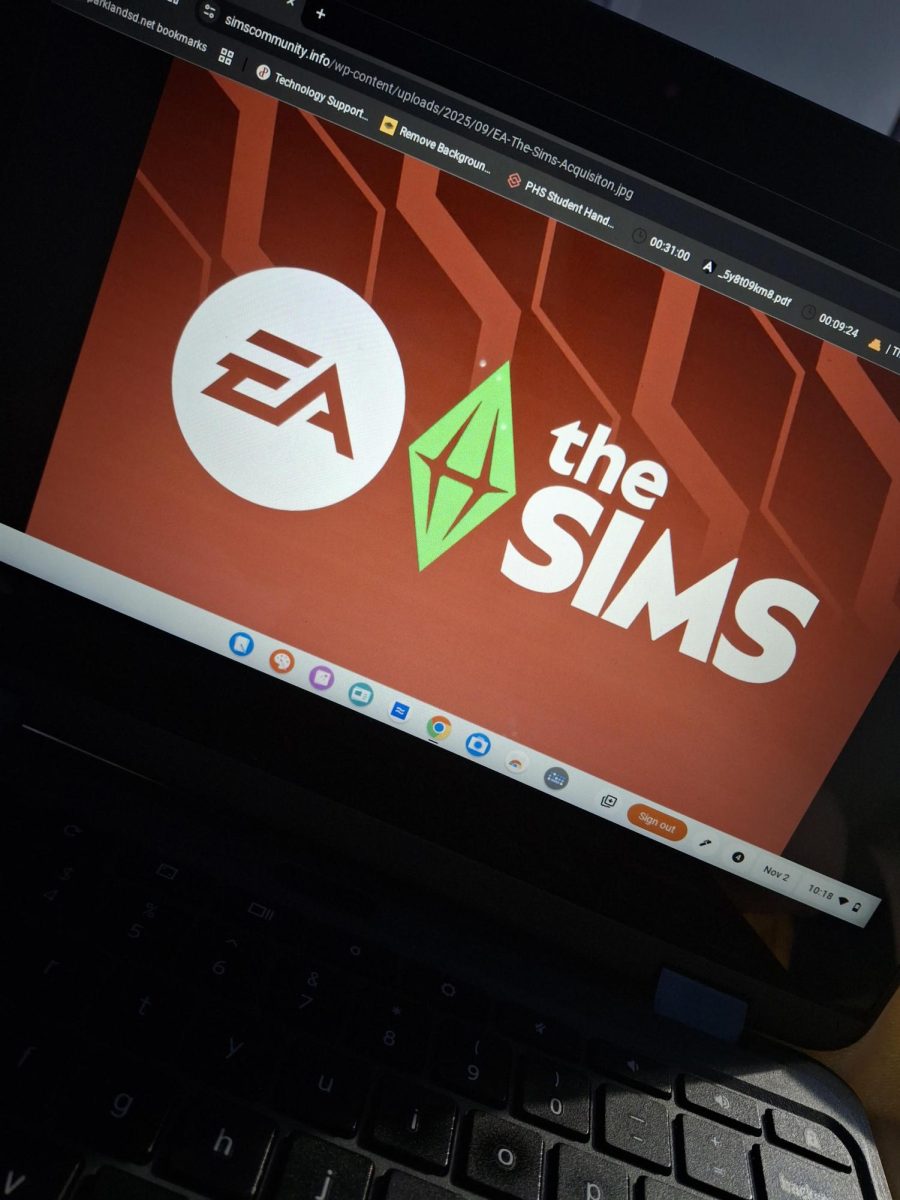
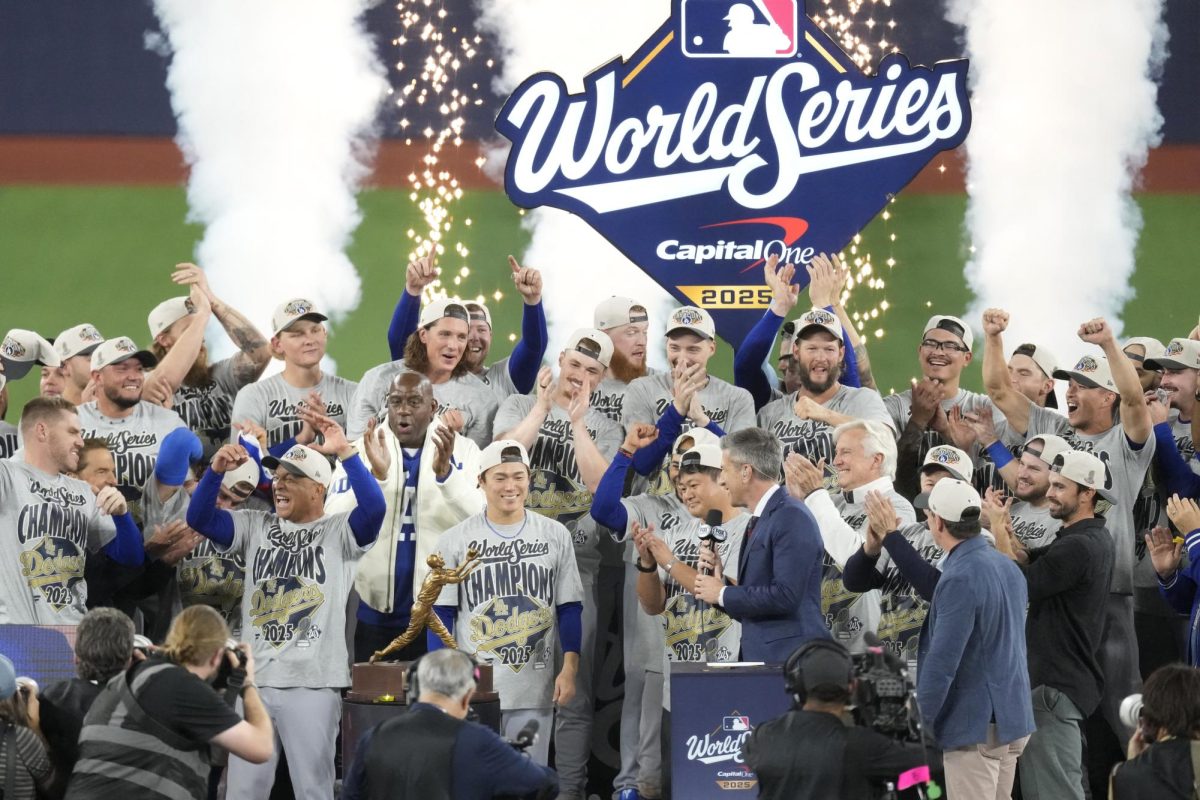
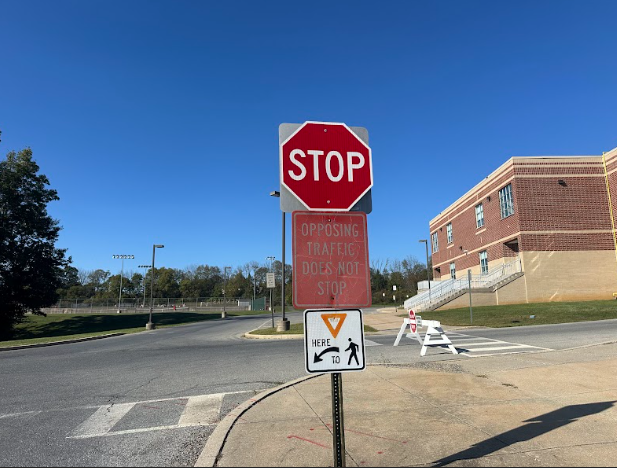


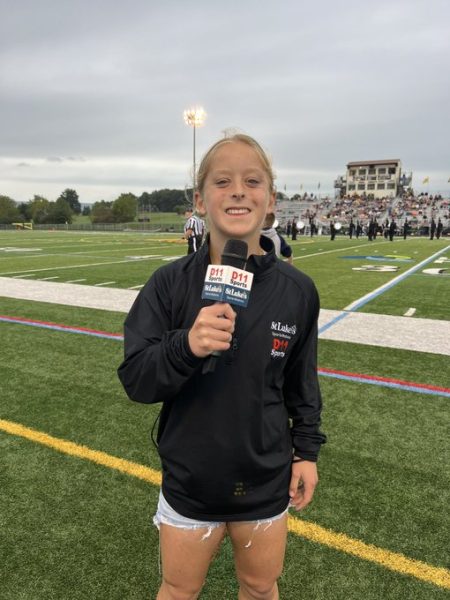
Josh • Jan 13, 2025 at 9:48 pm
Excellent article!